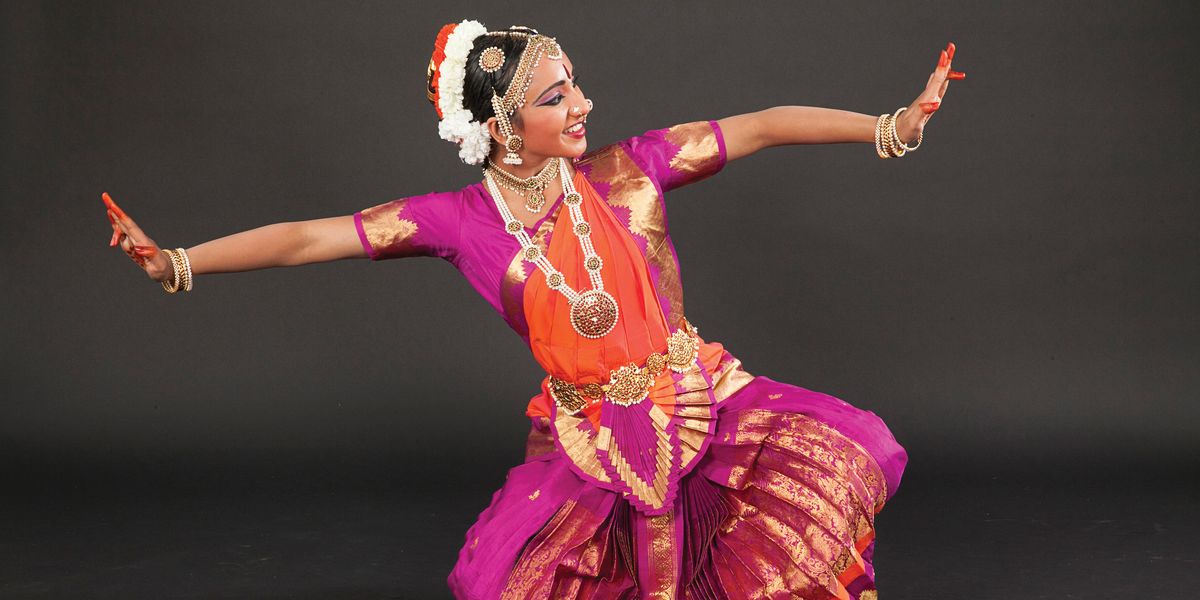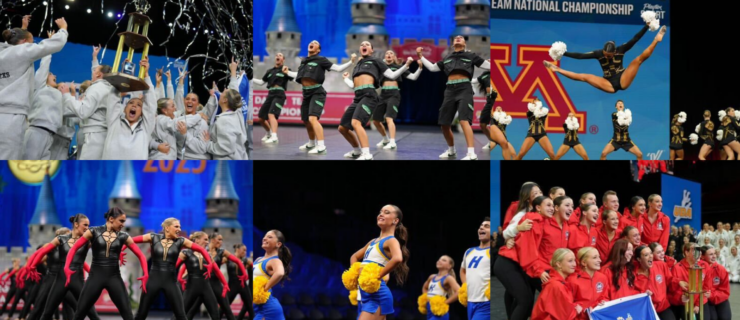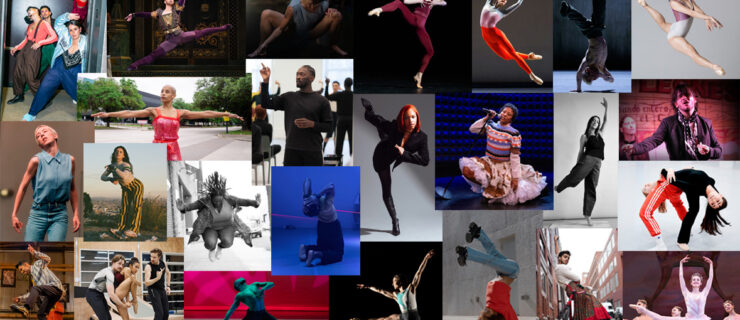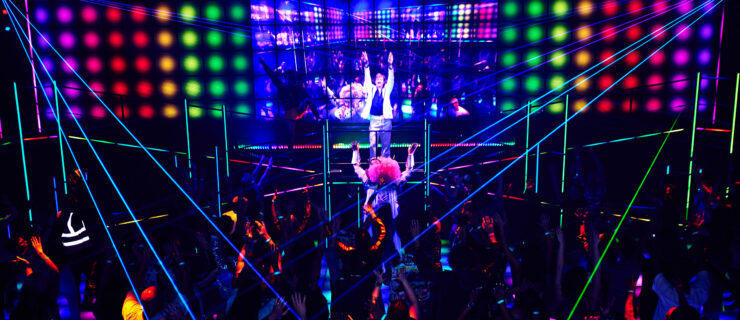Beyond Bollywood: The Inside Scoop on Bharatanatyam
You may already have an idea of what Indian dance looks like: vibrant costumes, exuberant energy, intricate hand gestures, constant level changes—in short, Bollywood dance. For many in the U.S. and beyond, Bollywood is their sole exposure to Indian dance. But this modern, cinematic form never would have made its way to the big screen without centuries of practice in classical Indian dance. The seven classical forms (some argue there are even more) are as varied as tap and ballet, but none bear quite the same influence as the first, bharatanatyam.
A Dance of Devotion
Bharatanatyam, which originated in South India, in the area now known as Tamil Nadu, is linked to the ancient Sanskrit text of the performing arts, the Natya Shastra (written in 200 BCE). “A traditional practitioner will tell you that Lord Shiva asked the Sage Bharata, father of Indian dramatic art, to make the vedas [religious texts of Hinduism] more accessible to the people through natyam, or dance theater,” says Mumbai-based artist Savitha Sastry. Originally an art of devotion, the dance form was initially practiced exclusively in Hindu temples. “It has evolved tremendously from its mythological origin,” Sastry says.
 Savitha Sastry performing (photo by Aditya Sastry, courtesy Savitha Sastry)
Savitha Sastry performing (photo by Aditya Sastry, courtesy Savitha Sastry)
Creating Visual Poetry
The bharatanatyam dancer is first and foremost a storyteller, and the stories often come from Indian mythology. While emotive elements—facial expressions and hand gestures—are common in all classical Indian dance, they are especially detailed in bharatanatyam. “It has the most evolved language of mudras, or hand gestures,” says Queens-based artist and guru (teacher) Malini Srinivasan. There are 28 single-hand mudras and 24 double-hand mudras, and each gesture has an accompanying sloka, or poem, to describe its usage. “You put that together, and you have a whole dictionary at your disposal as an artist,” Srinivasan says. While the gestures are taken from day-to-day life, they are highly stylized and would be difficult for the untrained dancer to mimic. “This stylization means they can be appreciated aesthetically as movement, even by those who don’t know the language,” she says.
A Geometry of Power
The bharatanatyam dancer derives her power from the earth, and the distinguishing araimandi posture—which Srinivasan compares to the diamond shape of a grand plié in first—enhances that connection. “It is a dance of strength,” says Sarika Bhattacharjee, anadvanced student of the form, “and the posture requires an agility uncommon to most dance forms.” From this position, the dancer strikes her feet into the floor to create rhythms, which are enhanced by ankle bells.
The lifted torso and the extended position of the arms, called natyarambhe, contrasts with the groundedness of the lower body. And the arms move dynamically in angular, geometric patterns. “That is not to say it doesn’t have grace,” Sastry says. “The grace is structured within this angularity.”
 Sastry performing (photo by Aditya Sastry, courtesy Savitha Sastry)
Sastry performing (photo by Aditya Sastry, courtesy Savitha Sastry)
A Debut Performance
Most serious bharatanatyam dancers begin training with a guru between ages 5 and 7. Bhattacharjee’s guru, Sudha Shekhar Devulapalli, who runs Kalanjali School of Dance in New Jersey, only accepts students 7 and older. “They need to be old enough to handle the intensity of training,” Bhattacharjee says. “A lot of kids hate it at first. It’s hard and you get a lot of bruises.” But Bhattacharjee fell in love with the practice right away. “It made me feel powerful,” she says.
This past July, following 10 years of intense training, Bhattacharjee completed her solo debut performance, called the arangetram. “In this four-hour solo performance, dancers demonstrate their proficiency in the basic repertoire, beginning from the first to the last piece,” Sastry says. While it’s often treated as a graduation performance, it’s actually meant to mark the beginning of the dancer’s professional career. “‘Arangetram’ translates to ‘ascendance to the stage,'” Sastry says.
A version of this story appeared in the October 2017 issue of
Dance Spirit with the title “Bharatanatyam: A Story For The Gods.”




